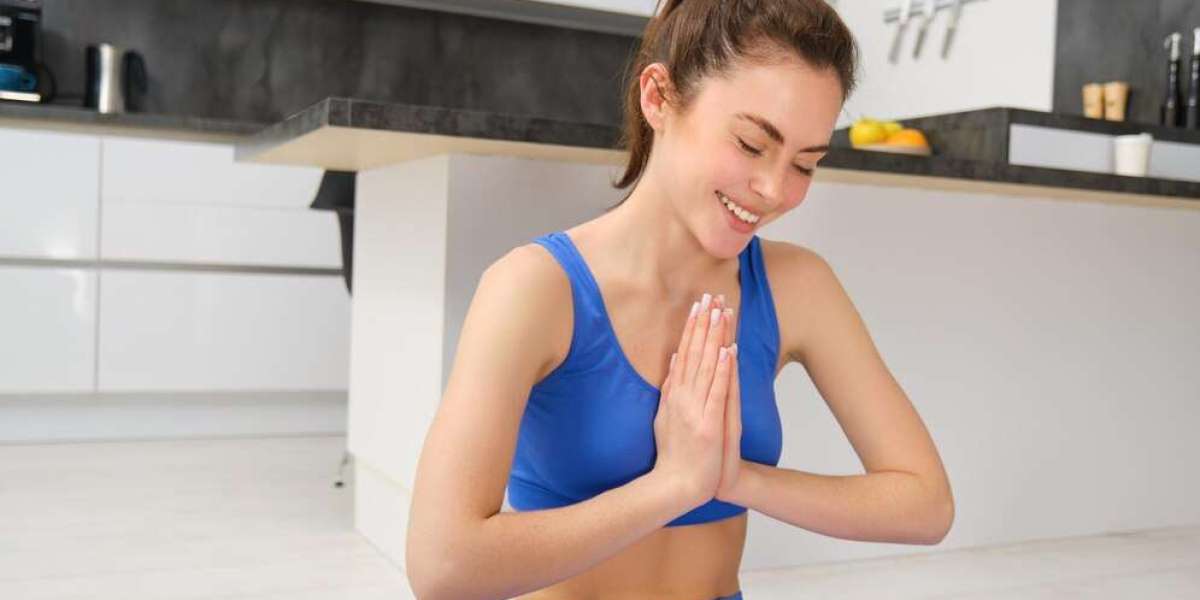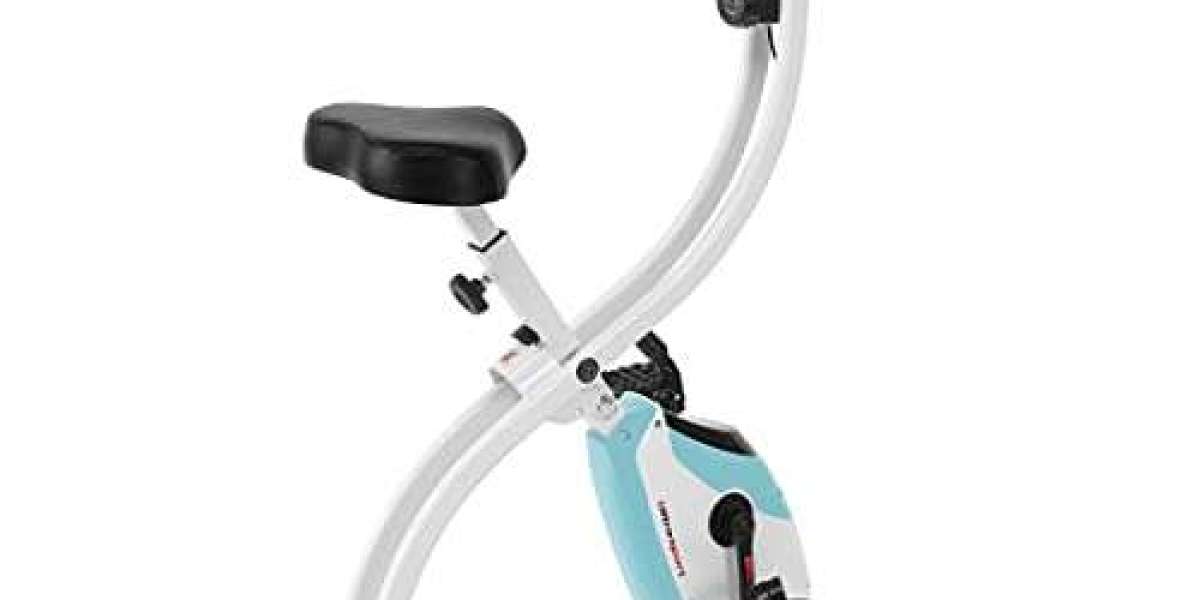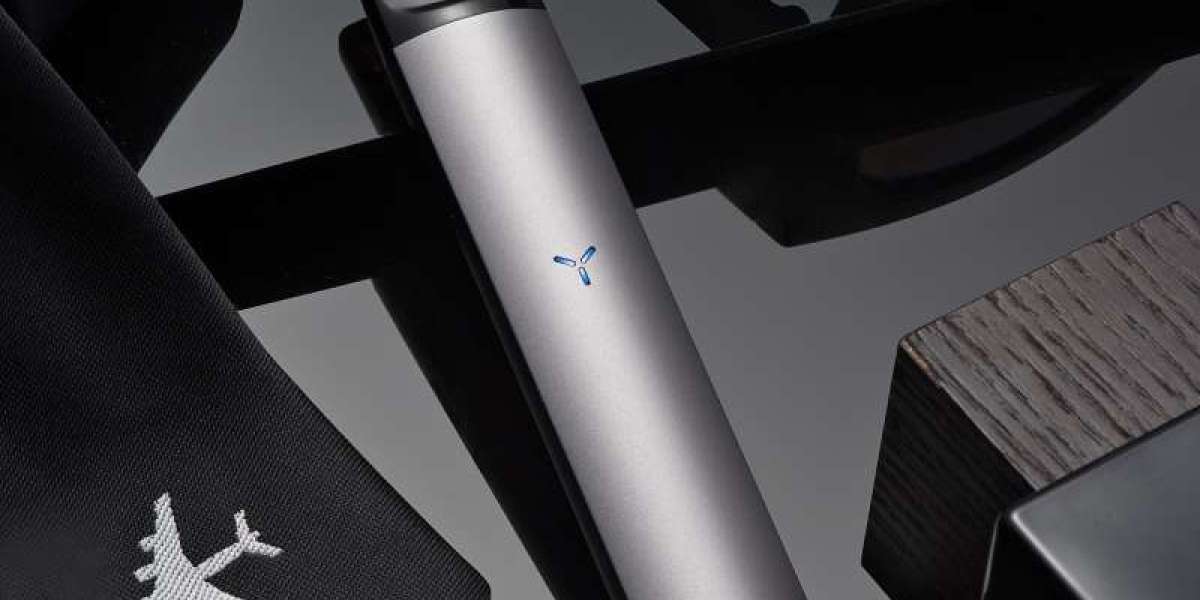Period cramps can be an unpleasant and sometimes debilitating experience for many individuals. Understanding effective ways to alleviate these symptoms is crucial for maintaining comfort and productivity during menstruation. In this article, we will explore a range of remedies, from physical practices to dietary adjustments, to help combat cramps effectively.
What Are Period Cramps?
Period cramps, medically known as dysmenorrhea, refer to the pain and discomfort experienced during menstruation. This pain can range from mild to severe and is often accompanied by other symptoms like bloating, mood swings, and fatigue. Understanding the biology behind these cramps can help demystify the experience and provide insights into effective management.
The Power of Yoga: Poses to Relieve Cramps
Yoga is a holistic practice that combines physical movement, breath control, and meditation. Certain yoga poses can alleviate menstrual cramps by promoting relaxation, improving blood circulation, and reducing muscle tension. Here are some beneficial poses
Child’s Pose (Balasana)
This restorative position helps stretch the lower back and hips, easing tension. By folding forward, the body naturally relaxes, providing relief from cramps.
Cat-Cow Stretch (Marjaryasana-Bitilasana)
This gentle flow between arching and rounding the back can stimulate blood flow to the pelvic area, which may help ease discomfort.
Supine Twist (Supta Matsyendrasana)
Lying on your back and gently twisting your torso can alleviate pressure on the abdomen and relieve cramps.
What are the types of Dysmenorrhea?
Primary Dysmenorrhea is common among adolescents and young adults. It typically begins within a few years of the onset of menstruation and can decrease in severity as one ages or after childbirth.
Secondary Dysmenorrhea is often related to an underlying reproductive health issue, such as endometriosis or fibroids. It usually begins later in life and may persist even after menstruation ends.
What are the Common Symptoms of Period Cramps?
Abdominal Pain is the most prominent symptom, often described as a throbbing or aching sensation in the lower abdomen.
Many experience pain that radiates to the lower back, adding to the overall discomfort and some may feel nauseous or even experience vomiting due to the intensity of the cramps.
Hormonal fluctuations during menstruation can trigger headaches or migraines and the physical toll of cramps can lead to feelings of tiredness and lethargy.
When to Seek Medical Attention?
While cramps are common, it's important to know when to consult a healthcare provider. If cramps are severe and debilitating Accompanied by heavy bleeding Persistent beyond the typical duration of menstruation Associated with other concerning symptoms (e.g., fever, unusual discharge).
Herbal Remedies: The Efficacy of Tea
Ginger has long been celebrated for its anti-inflammatory effects. Drinking ginger tea may help reduce the intensity of menstrual cramps. To prepare, steep fresh ginger slices in hot water for about 10 minutes.
Chamomile tea is known for its calming properties. It can help relax the muscles of the uterus and reduce cramping. Brew chamomile flowers in hot water for a comforting drink.
The menthol in peppermint acts as a natural muscle relaxant. Drinking peppermint tea can provide both pain relief and a refreshing flavor.
The Role of Hormonal Birth Control
For some individuals, hormonal birth control methods can effectively manage period cramps. These methods work by regulating hormonal fluctuations and can lead to lighter periods or even eliminate them altogether.
Options include combined hormonal contraceptive pills can reduce the severity of cramps, Hormonal intrauterine devices (IUDs) can also help alleviate menstrual pain. Consulting with a healthcare provider can help determine the best option for individual needs and health considerations.
How Long-lasting protection pads plays a role in Combating Period Cramps?
A reliable pad or long lasting protection pads can give users confidence that they won’t have leaks, enabling them to relax and focus on managing cramps rather than worrying about their menstrual flow.
Some pads are designed to retain heat, which can soothe abdominal discomfort. Heat therapy is known to help relieve menstrual cramps, so pads that maintain warmth can enhance comfort.
Lifestyle Changes: Holistic Approaches to Relief
Engaging in regular physical activity releases endorphins, which are natural pain relievers. Activities like walking, swimming, or cycling can significantly alleviate menstrual cramps.
Applying heat to the lower abdomen can soothe cramps. A hot water bottle or heating pad can provide immediate relief and relaxation of the muscles.
Cultural Perspectives on Menstruation and Cramps
In certain cultures, menstruation is celebrated as a symbol of fertility and womanhood. Rituals and traditions may be observed to honor this natural process, promoting a positive view of menstruation.
Efforts to break the stigma surrounding menstruation have gained momentum in recent years. Awareness campaigns and education initiatives aim to normalize discussions about menstruation and the challenges associated with it, including cramps.
Conclusion
Combating period cramps requires a multi-faceted approach. From the physical benefits of yoga to the soothing properties of herbal teas, dietary adjustments, and lifestyle changes, individuals can find relief and improve their menstrual experience. By understanding and implementing these strategies, we can foster a healthier, more comfortable relationship with our bodies during menstruation.



